Lectures
All lectures will take place in the San Diego Convention Center, Ballroom 20. Real Time Captioning Services will be provided for all lectures in Ballroom 20. There will be dedicated seating areas and screens that will display the captioned text. Overflow seating will be available in Hall A.

DIALOGUES BETWEEN NEUROSCIENCE AND SOCIETY: Music and the Brain - Pat Metheny
Date & Time: Saturday, November 3, 11 a.m.–1 p.m.
Location: SDCC Ballroom 20
Speaker(s): Pat Metheny
Institution: Musician & Composer
Music is a universal language and a powerful force in the world. It can have incredible impact on our brain and easily make us cry or make us joyful. Just a few notes of a song can cause us to remember memories long past. Pat Metheny is a legendary jazz guitarist who understands the power of music. He has received 3 gold albums and 20 Grammy Awards. In this dialogue, Mr. Metheny will discuss, with a panel of SfN members, the impact of music on the brain and on our emotions and memory, as well as the process of creativity in music, art, and science and the role of music in healing.
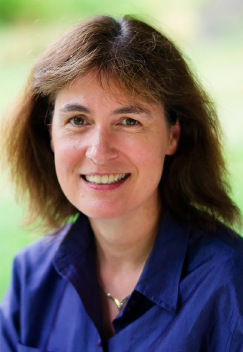
SPECIAL LECTURE: Neural Dynamics of the Primate Attention Network - Sabine Kastner
Location: SDCC Ballroom 20
Theme: Theme H: Cognition
Speaker(s): Sabine Kastner, MD
Institution: Princeton University
The selection of information from cluttered sensory environments is one of the most fundamental cognitive operations performed by the primate brain. This process engages a large-scale network that consists of multiple nodes, distributed across cortical and subcortical regions. This lecture will focus on temporal dynamics within this network that shape both the sampling of and responses to our environment, with an emphasis on thalamo-cortical interactions. The lecture will also discuss the importance of comparative electrophysiology and neuroimaging in human and monkey brains.

PRESIDENTIAL SPECIAL LECTURE: The dArc Matter of Synaptic Communication - Vivian Budnik
Location: SDCC Ballroom 20
Speaker(s): Vivian Budnik, PhD
Institution: University of Massachusetts Medical School
Recent advances in cell biology have uncovered new mechanisms by which synaptic partners in the nervous system communicate. These include the release and uptake of extracellular vesicles, such as exosomes and microvesicles, which carry proteins and RNAs. They also involve the use of mechanisms resembling those used by viruses during infection. The discovery of these mechanisms is offering new perspectives for our understanding of synapse development and plasticity.
Lecture preceded by presentation of the Julius Axelrod Prize, the Jacob P. Waletzky Award, and the Swartz Prize for Theoretical and Computational Neuroscience.
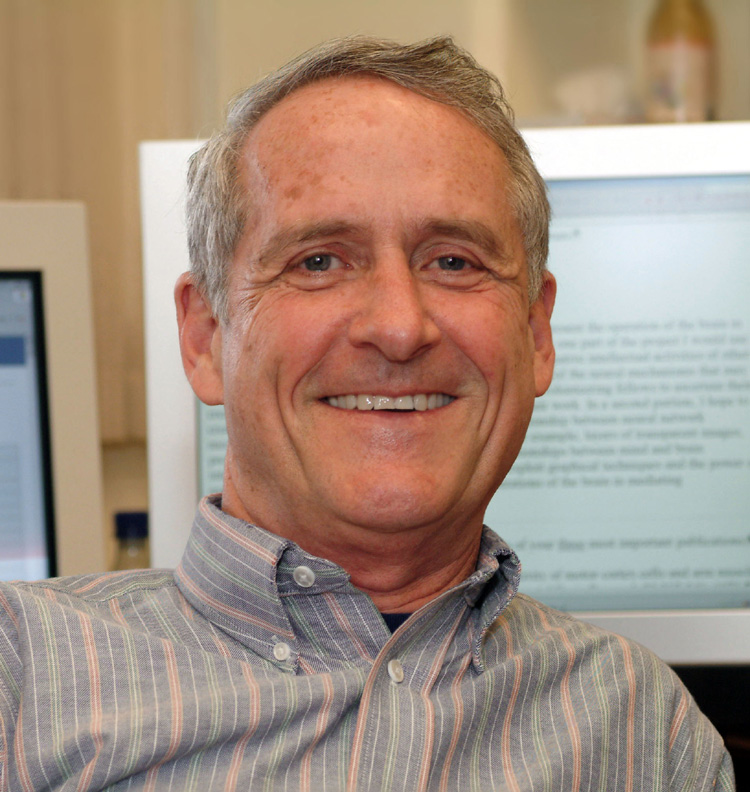
SPECIAL LECTURE: Bidirectional Interactions Between the Brain and Implantable Computers - Eberhard E. Fetz
Location: SDCC Ballroom 20
Theme: Theme E: Motor Systems
Speaker(s): Eberhard E Fetz, PhD
Institution: University of Washington
Closed-loop interactions between the brain and implantable computers open new opportunities for brain research and clinical applications. This lecture will review the use of bidirectional brain-computer interfaces to bridge lost physiological connections, strengthen synaptic connections via Hebbian plasticity, and reinforce neural activity with intracranial stimulation. Closed-loop activity-dependent stimulation has numerous applications, depending on the recorded signals, the computed transforms, and the stimulated targets.
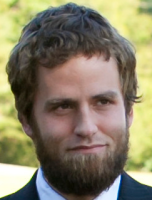
SPECIAL LECTURE: Neural Data Science: Accelerating the Experiment-Analysis-Theory Cycle in Large-Scale Neuroscience - Liam Paninski
Location: SDCC Ballroom 20
Theme: Theme I: Techniques
Speaker(s): Liam Paninski, PhD
Institution: Columbia University
Modern multineuronal recordings produce single-cell-resolution data on a large scale. “Neural data science” aims to extract meaning from the resulting huge new streams of data. This lecture will review recent progress and current challenges in this rapidly growing field, where new methods for network analysis, dimensionality reduction, and optimal control — developed in lockstep with advances in experimental neurotechnology — promise breakthroughs in multiple fundamental neuroscience problems.
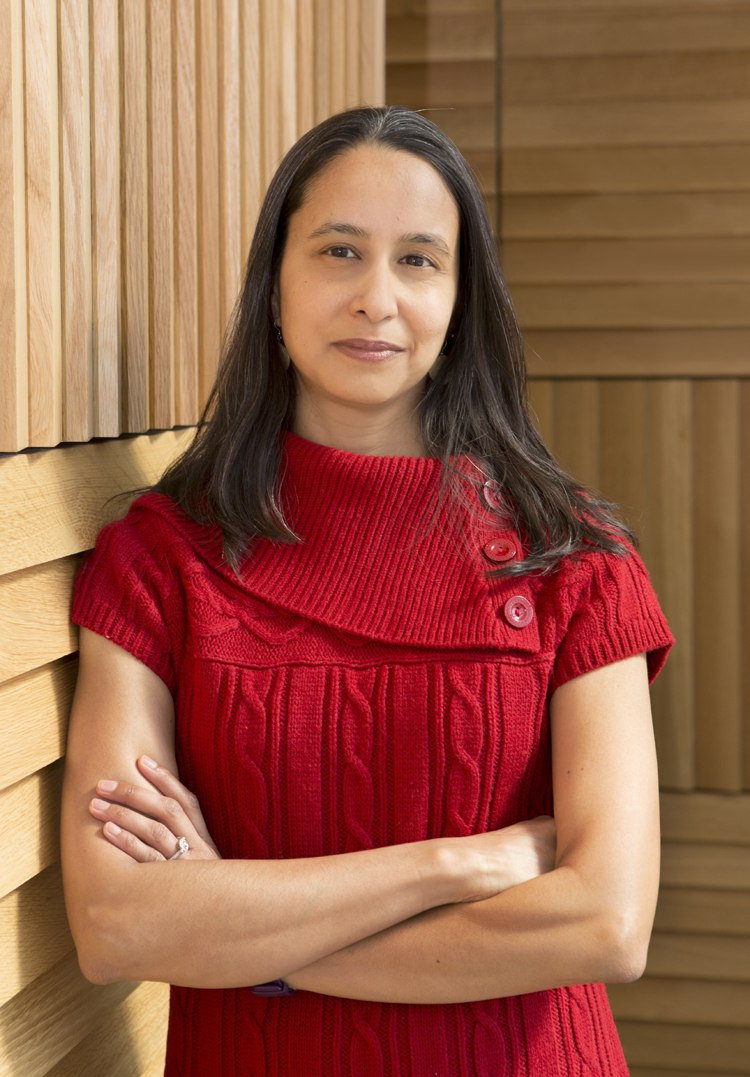
SPECIAL LECTURE: Sensorimotor Circuits for Social Communication - Mala Murthy
Location: SDCC Ballroom 20
Theme: Theme D: Sensory Systems
Speaker(s): Mala Murthy, PhD
Institution: Princeton University
Social interactions require continually adjusting behavior in response to sensory feedback from a partner. This lecture will focus on the computations and neural mechanisms that underlie the processing of dynamic sensory information to flexibly guide social behaviors. In particular, this lecture will highlight recent discoveries using the acoustic communication system of Drosophila to characterize sensorimotor circuits for both song production and perception and will put these discoveries in the broader context of research on social communication across model systems.
CLINICAL NEUROSCIENCE LECTURE: From Axon Regeneration to Functional Recovery After CNS Injury - Zhigang He
Location: SDCC Ballroom 20
Theme: Theme C: Neurodegenerative Disorders and Injury
Speaker(s): Zhigang He, PhD
Institution: Boston Children's Hospital
In the adult mammalian CNS, the inability of injured axons to regenerate contributes to unrecoverable functional deficits. This lecture will present recently uncovered cellular and molecular mechanisms regulating the processes of neuronal injury responses and axon regeneration. Further discussion will focus on the progress in developing effective strategies to promote axon regeneration and functional recovery in experimental injury models in vivo, such as spinal cord injuries and optic nerve crush.
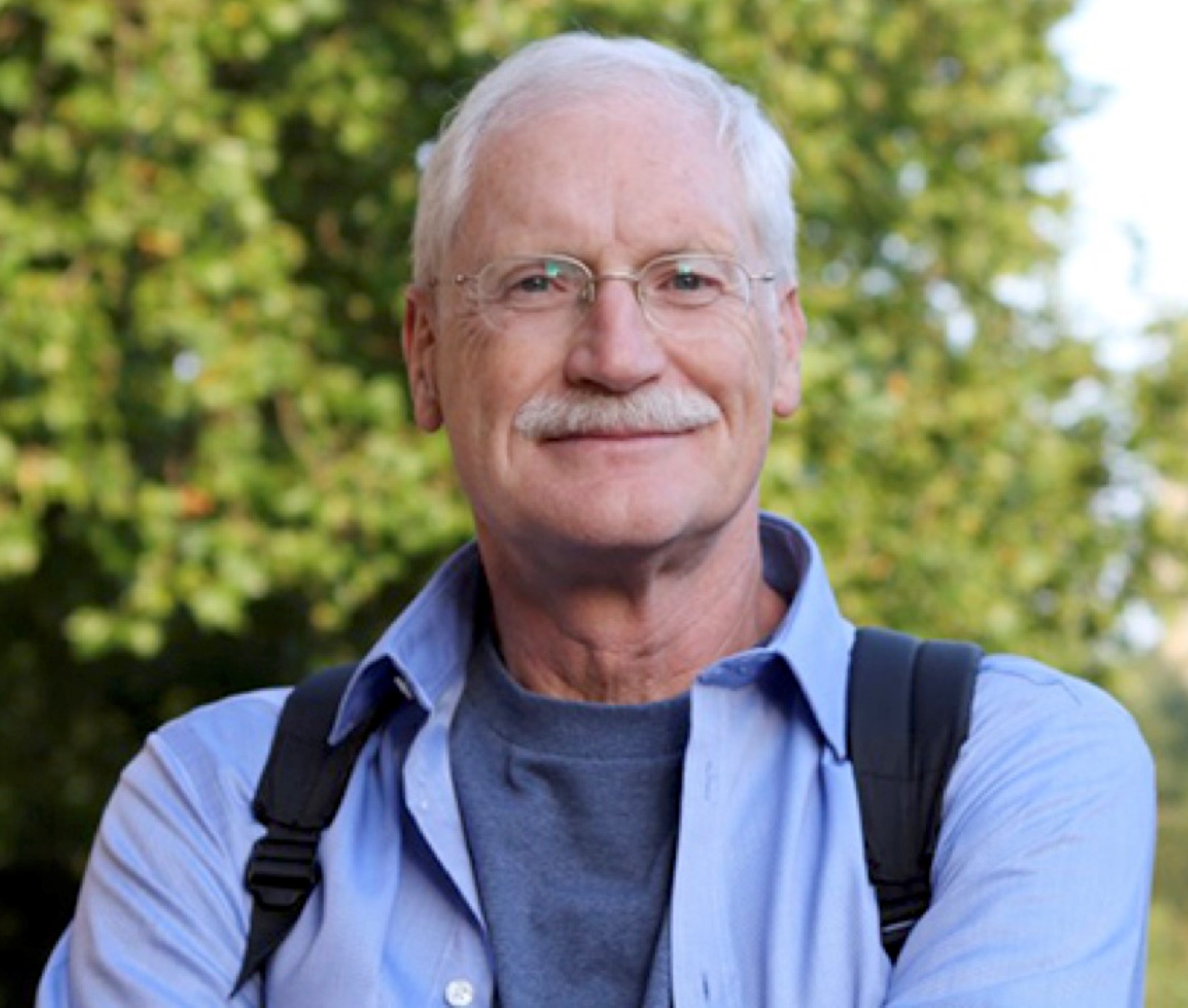
PETER AND PATRICIA GRUBER LECTURE: Decision, Reward, and the Basal Ganglia - Ann M. Graybiel, Okihide Hikosaka, Wolfram Schultz
Date & Time: Sunday, November 4, 2:30–3:40 p.m.
Location: SDCC Ballroom 20
Speaker(s): Ann M Graybiel, PhD
Institution: Massachusetts Institute of Technology
Speaker(s): Okihide Hikosaka, MD, PhD
Institution: National Eye Institute, NIH
Speaker(s): Wolfram Schultz, MD
Institution: University of Cambridge
The Striatum and Decision-Making Based on Value
Ann M. Graybiel, PhD
McGovern Institute for Brain Research at the Massachusetts Institute of Technology
The striatum was once thought to be a primitive part of the forebrain, despite evidence that basal ganglia dysfunction underlies major extrapyramidal disorders. Our work has contributed to the surprising realizations that the striatum actually has a sophisticated compartmental structure, that striatal circuits are implicated in decision-making and in neuropsychiatric as well as motor disorders, and that special modules in the striatum, called striosomes, are focal points in circuits linking mood-related neocortex with midbrain dopamine-containing neurons and other neuromodulatory regions. The striatum thus modulates a broad range of circuits affecting our behavioral state in health and disease.
Parallel Basal Ganglia Circuits for Cooperative and Competitive Decision-Making
Okihide Hikosaka, MD, PhD
National Eye Institute, NIH
The basal ganglia control active behavior by disinhibiting a goal-directed action while inhibiting irrelevant actions. This is based on short-term and long-term memories, which are selectively processed in parallel circuits in the basal ganglia including dopamine neurons. These parallel circuits, together or separately, are essential for engendering motivation, attention, and skill.
About Reward
Wolfram Schultz, MD
University of Cambridge
The talk will describe the properties of neurons in the brain’s reward systems and how their action contributes to economic decision-making. Each of several reward systems, including those involving the dopamine neurons, striatum, amygdala, and orbitofrontal cortex, plays a unique role in this process. The details of this function are currently being investigated using designs based on behavioral theories, such as animal learning theory, machine learning, and economic utility theory.
Lecture is preceded by the presentation of the Peter and Patricia Gruber International Research Award in Neuroscience and the Gruber Neuroscience Prize.
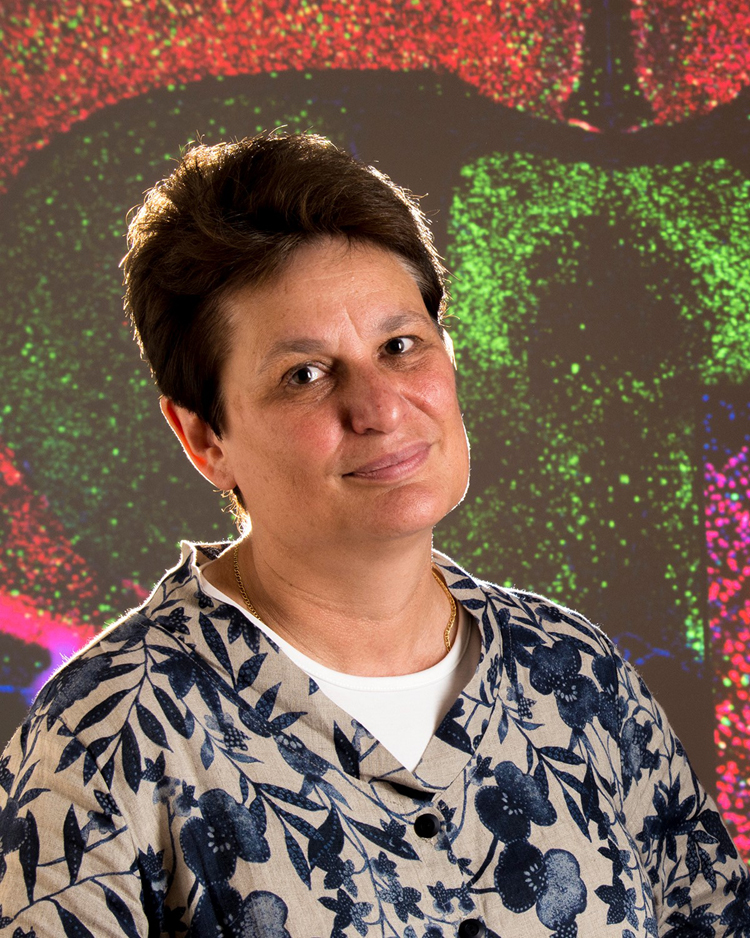
PRESIDENTIAL SPECIAL LECTURE: Neurobiology of Social Behavior Circuits - Catherine Dulac
Date & Time: Sunday, November 4, 5:15–6:30 p.m.
Location: SDCC Ballroom 20
Speaker(s): Catherine Dulac, PhD
Institution: Harvard University, Howard Hughes Medical Institute
Social interactions are essential for animals to reproduce, defend their territory, and raise their young. This lecture will describe new data aimed at deciphering the identity and functioning principles of neural circuits underlying various social behaviors, with an emphasis on a particularly important form of social interaction: parental care. This lecture will discuss how these findings open new avenues to deconstruct the neural bases of maternal and paternal behaviors and may help to further understanding of variations in the neural control of parenting in different animal species.
Lecture is preceded by the presentation of the Ralph W. Gerard Prize in Neuroscience.
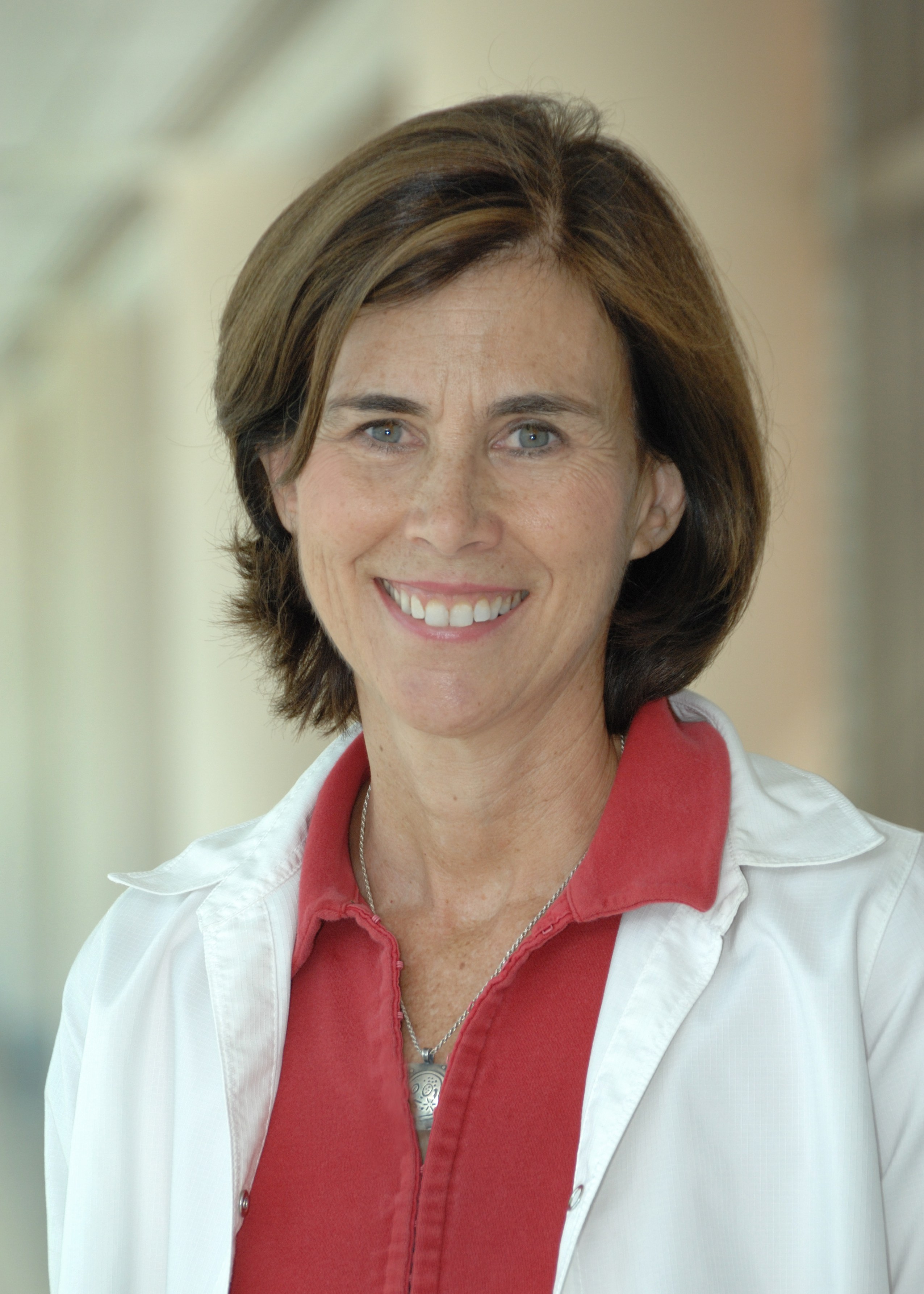
SPECIAL LECTURE: Organelle Structure and Dynamics: What High-Resolution Imaging Is Uncovering - Jennifer Lippincott-Schwartz
Location: SDCC Ballroom 20
Theme: Theme I: Techniques
Speaker(s): Jennifer Lippincott-Schwartz, PhD
Institution: Janelia Research Campus
Powerful new ways to image the internal structures and complex dynamics of cells are revolutionizing cell biology and biomedical research. This lecture will focus on how emerging imaging technologies are increasing spatiotemporal resolution dramatically, permitting simultaneous multispectral imaging of multiple cellular components. Using these tools, it is now possible to begin describing the interrelationships of different cellular organelles as they carry out critical functions.
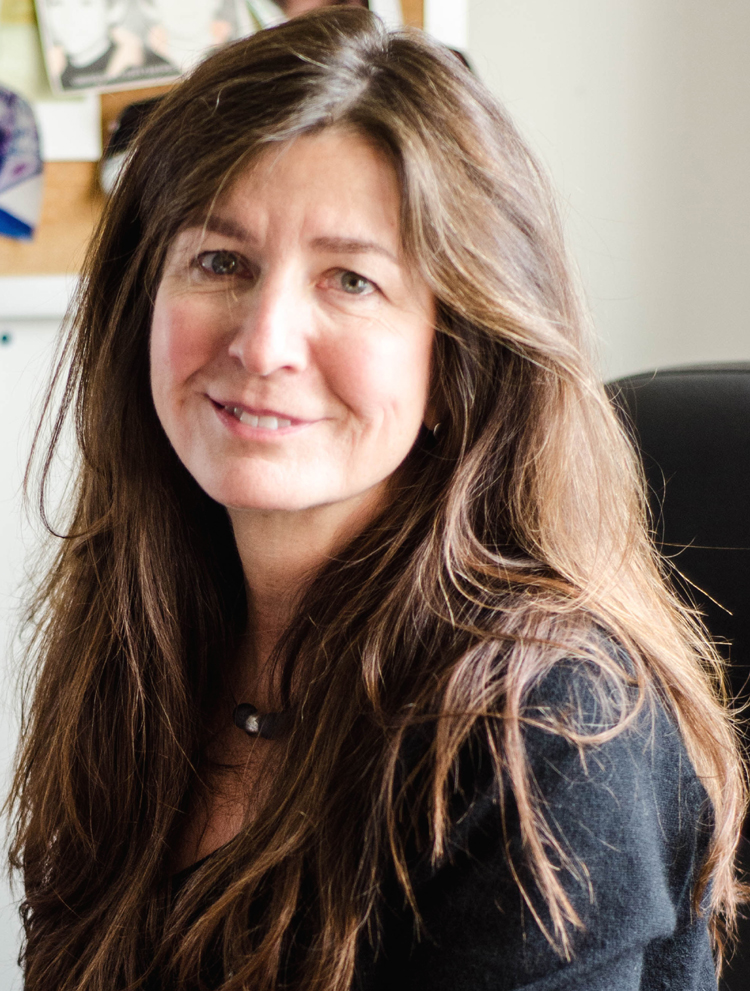
DAVID KOPF LECTURE ON NEUROETHICS: When Is an Adolescent an Adult?: Implications for Justice Policy - B J Casey
Date & Time: Monday, November 5, 10–11:10 a.m.
Location: SDCC Ballroom 20
Speaker(s): B J Casey, PhD
Institution: Yale University
Advances in brain imaging techniques are providing new insight as to why adolescents experience and respond to the world in unique ways. These developmental findings have influenced a series of Supreme Court decisions on the treatment of adolescents. Now, emerging evidence of developmental changes in the brains of young adults (ages 18 to 21) suggest that they, too, may be immature in ways that are relevant to justice policy.
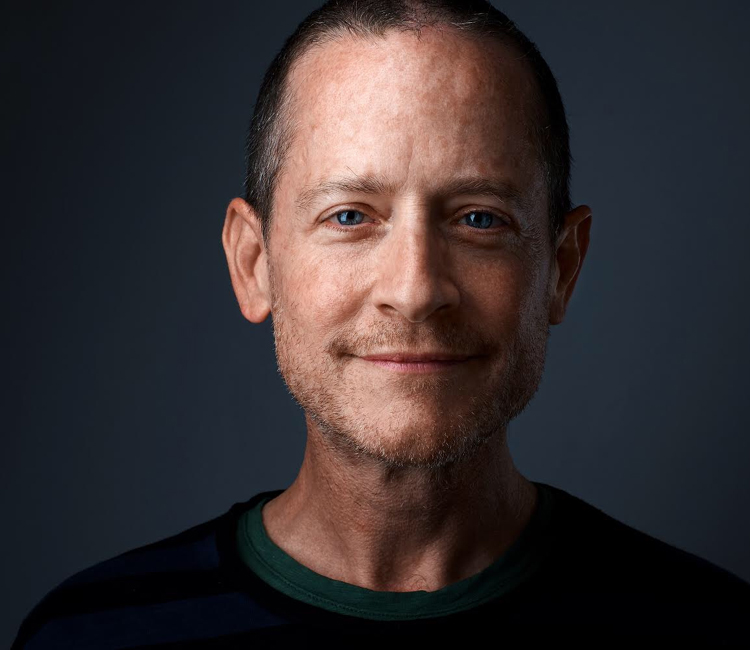
SPECIAL LECTURE: New Computational Perspectives on Serotonin Function - Zachary F. Mainen
Location: SDCC Ballroom 20
Theme: Theme H: Cognition
Speaker(s): Zachary F Mainen, PhD
Institution: Champalimaud Institute, Portugal
Serotonin is an important target of psychoactive drugs whose endogenous neuromodulatory functions remain enigmatic. Data indicate that serotonin neurons are activated by surprising events and that consequent serotonin release facilitates neural plasticity and biases decision-making. This lecture will discuss these data from a computational perspective in which serotonin is seen as reporting uncertainty in the brain’s internal models of the world and helping to modify them accordingly.
ALBERT AND ELLEN GRASS LECTURE: Neural Sequences in Memory and Cognition - David W. Tank
Date & Time: Monday, November 5, 3:15–4:25 p.m.
Location: SDCC Ballroom 20
Speaker(s): David W Tank, PhD
Institution: Princeton University
The BRAIN Initiative is transforming neuroscience through improved methods for large-scale neural recording at cellular resolution. The application of these methods during working memory, decision-making, and navigation tasks has repeatedly demonstrated sequences of activity across the recorded neural population that tile the behavior. New analysis and modeling efforts are providing clues as to the functional roles and mechanisms of this widely observed form of neural circuit dynamics.
Lecture is preceded by the presentation of the Donald B. Lindsley Prize in Behavioral Neuroscience, the Young Investigator Award, and the Nemko Prize in Cellular or Molecular Neuroscience.
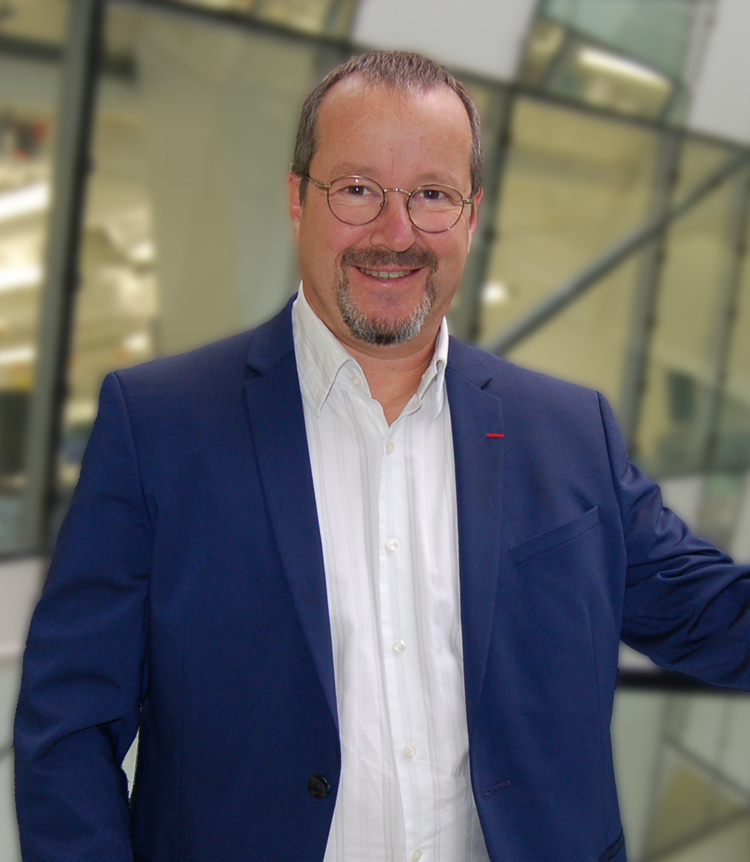
PRESIDENTIAL SPECIAL LECTURE: From Nanoscale Dynamic Organization to Plasticity of Excitatory Synapses and Learning - Daniel Choquet
Date & Time: Monday, November 5, 5:15–6:30 p.m.
Location: SDCC Ballroom 20
Speaker(s): Daniel Choquet, PhD
Institution: CNRS, University of Bordeaux
Regulation of receptor trafficking has emerged as a key mechanism for activity-dependent plasticity of synaptic transmission, a process important for learning and memory. The advent of super-resolution microscopy and single-molecule tracking has helped to uncover the intimacy of synapse dynamic organization at the nanoscale. Using new tools for further understanding the link between receptor dynamics and synapse plasticity is unveiling some of the molecular mechanisms of learning in the healthy and diseased brain.
Lecture is preceded by the presentation of the Award for Education in Neuroscience and the Mika Salpeter Lifetime Achievement Award.
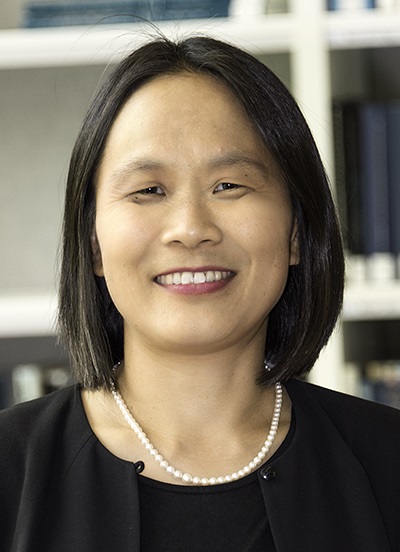
SPECIAL LECTURE: Understanding Regeneration of Complex Body Parts - Elly M. Tanaka
Location: SDCC Ballroom 20
Theme: Theme C: Neurodegenerative Disorders and Injury
Speaker(s): Elly M Tanaka, PhD
Institution: Research Institute of Molecular Pathology
Regeneration of the nervous system and complex body structures, while minimal in humans, is observed in many animals, including vertebrates. How does injury trigger replacement of the missing portion of an organ? Recent advances in imaging and gene editing technologies have allowed us to identify molecular programs that control regeneration and the cells that execute these programs. This lecture will describe how the time-, space- and tissue-dependent responses to organ injury choreograph a molecular program that induces the regeneration of missing body structures.

SPECIAL LECTURE: The Genetics, Neurobiology, and Evolution of Natural Behavior - Hopi E. Hoekstra
Location: SDCC Ballroom 20
Theme: Theme F: Integrative Physiology and Behavior
Speaker(s): Hopi E Hoekstra, PhD
Institution: Harvard University/HHMI
New tools — from genomic analyses to automated behavioral assays — have enabled the discovery of specific genes that contribute to variation in behavior. This lecture will focus on the genetic and neurobiological mechanisms responsible for the evolution of natural behavior. It will highlight recent discoveries from diverse organisms that demonstrate how genetic changes, through neural circuits, give rise to variation in behavior, and how these findings in nonmodel species in turn shed light onto variation in human behavior.
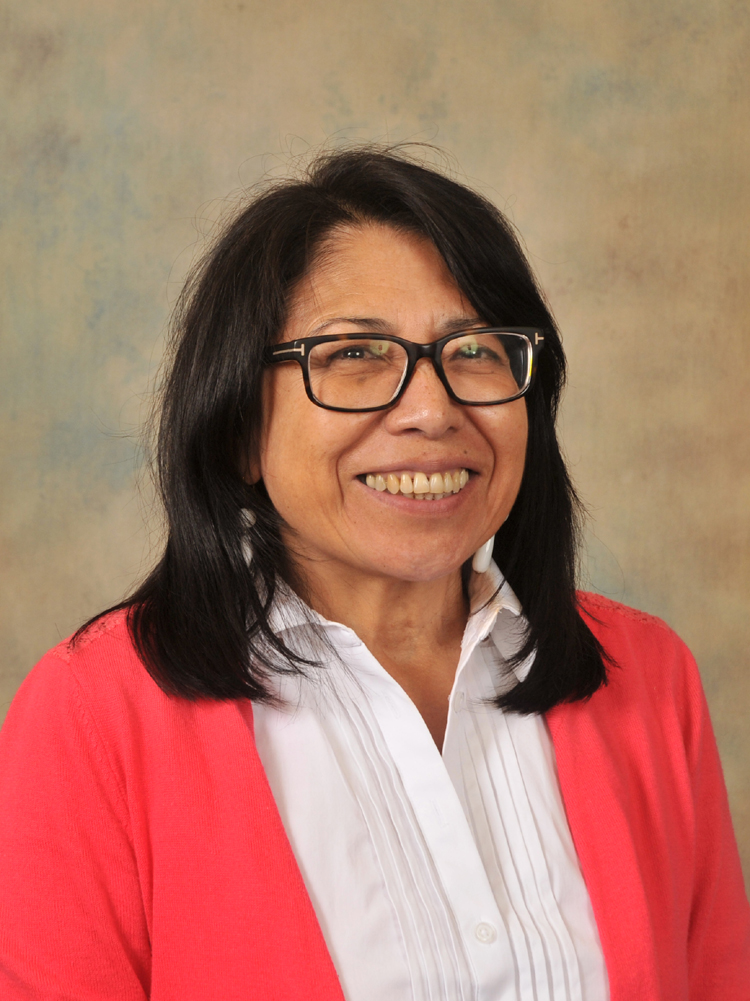
SPECIAL LECTURE: Neuronal Diversity Within the Ventral Tegmental Area and Co-Release of Neurotransmitters - Marisela Morales
Location: SDCC Ballroom 20
Theme: Theme B: Neural Excitability, Synapses, and Glia
Speaker(s): Marisela Morales, PhD
Institution: National Institute on Drug Abuse, NIH
The release of several neurotransmitters from a single neuron has been recognized for decades. Emerging evidence has shown that the adult brain has subpopulations of neurons with the capability to accumulate vesicular glutamate and GABA for their synaptic release. This lecture will focus on the key findings and proposed molecular and cellular models for the co-release of glutamate and GABA and discuss its implications for human health.

SPECIAL LECTURE: Genetic Specification of Neuronal Identity - Oliver Hobert
Location: SDCC Ballroom 20
Theme: Theme A: Development
Speaker(s): Oliver Hobert, PhD
Institution: Columbia University
How is the enormous diversity of cell types in a nervous system genetically specified? The answer to this question lies in defining the gene regulatory mechanisms that control the expression of neuron type-specific gene batteries. In this lecture, studies on the genetic specification of many different neuronal cell types in the nematode C. elegans that have led to the discovery of some commonly used strategies, by which diverse neuronal identities are instructed, will be discussed.
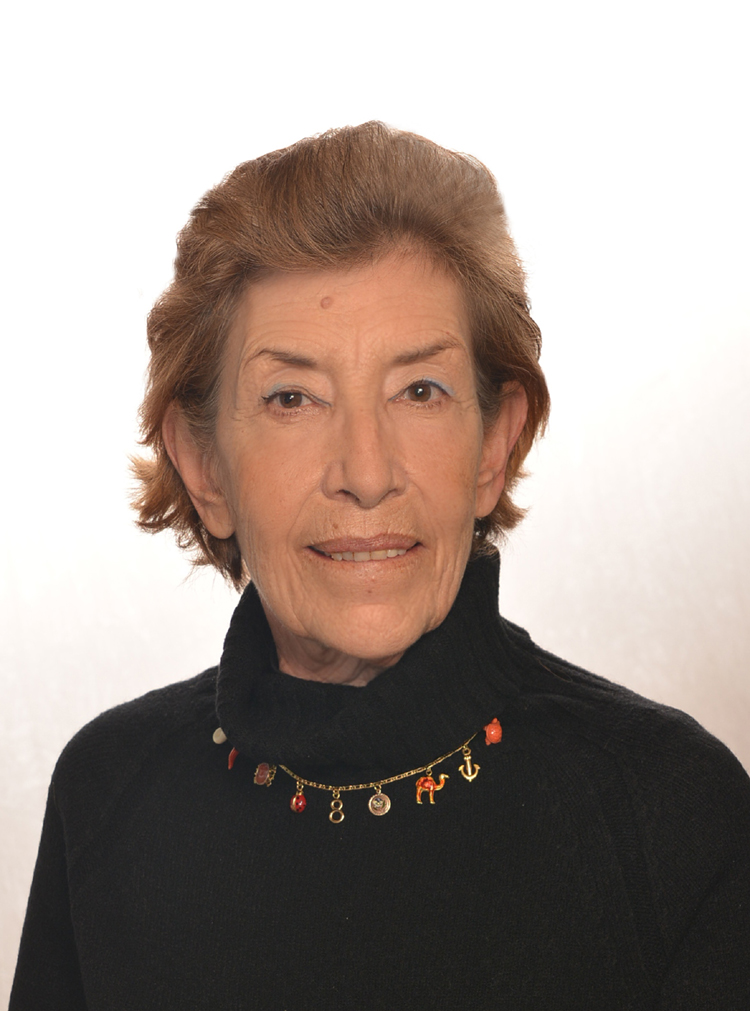
HISTORY OF NEUROSCIENCE LECTURE: Deciphering Neural Circuits: From the Neuron Doctrine to the Connectome - Marina Bentivoglio
Location: SDCC Ballroom 20
Speaker(s): Marina Bentivoglio, MD
Institution: University of Verona
Neurons need to communicate, and they do so in neural circuits on which brain function is built. Our evolving understanding of neuronal connectivity of unfathomable complexity is key to progress in neuroscience. The enunciation in 1891 of the Neuron Doctrine led to the explosion of neuroscience in the 20th century; since the beginning of the 21st century, connectomics has introduced novel concepts, igniting hopes to crack the code of the human brain. Traversing the itinerary of paradigm shifts in the understanding of neural circuits, this lecture will highlight current challenges and foci of research.

PRESIDENTIAL SPECIAL LECTURE: From Salvia Divinorum to LSD: Toward a Molecular Understanding of Psychoactive Drug Actions - Bryan L. Roth
Location: SDCC Ballroom 20
Speaker(s): Bryan L Roth, MD, PhD
Institution: University of North Carolina at Chapel Hill
How do psychoactive drugs as diverse as the potent hallucinogen LSD and the atypical antipsychotic drug clozapine exert their actions at the molecular level? This lecture will first show how research has illuminated the molecular targets responsible for the actions of psychoactive drugs. It will then illustrate how structural insight into psychoactive drug actions can be leveraged to create potentially safer and more effective medications for many neuropsychiatric disorders.
Lecture is preceded by the presentation of the Science Educator Award and the Next Generation Award.
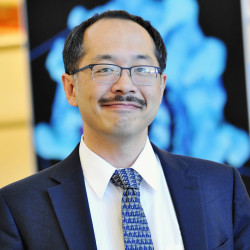
SPECIAL LECTURE: Biochemical Computation in Postsynaptic Compartments: Implications for Synaptic Plasticity, Learning, and Memory - Ryohei Yasuda
Location: SDCC Ballroom 20
Theme: Theme B: Neural Excitability, Synapses, and Glia
Speaker(s): Ryohei Yasuda, PhD
Institution: Max Planck Florida Institute for Neuroscience
Dendritic spines are postsynaptic compartments that contain biochemical signaling cascades important for synaptic plasticity, learning, and memory. Signaling events in dendritic spines are mediated by molecular networks composed of hundreds of signaling proteins. This lecture will discuss how the spatiotemporal dynamics of these networks play roles in transforming rapid Ca2+ pulses into long-lasting protein activity, which is coordinated throughout different subcellular compartments, necessary for the induction of synaptic plasticity.
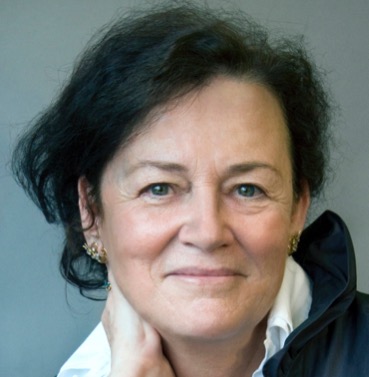
SPECIAL LECTURE: A Genetic Roadmap to Understanding Auditory Perception Mechanisms - Christine Petit
Location: SDCC Ballroom 20
Theme: Theme D: Sensory Systems
Speaker(s): Christine Petit, MD, PhD
Institution: Institut Pasteur, Collège de France
The molecular mechanisms underlying auditory system development and function remained unknown until they were unlocked by genetic dissection. This lecture will show how the hundreds of causal genes for deafness have revealed the molecular basis of sound detection and processing in the cochlea. Recent results extend genetic dissection to the identity and functional connectivity of auditory cortex neuronal populations. How pleiotropic functions of deafness genes are likely to affect future treatments and shed light on the evolution of this sensory system will be discussed.
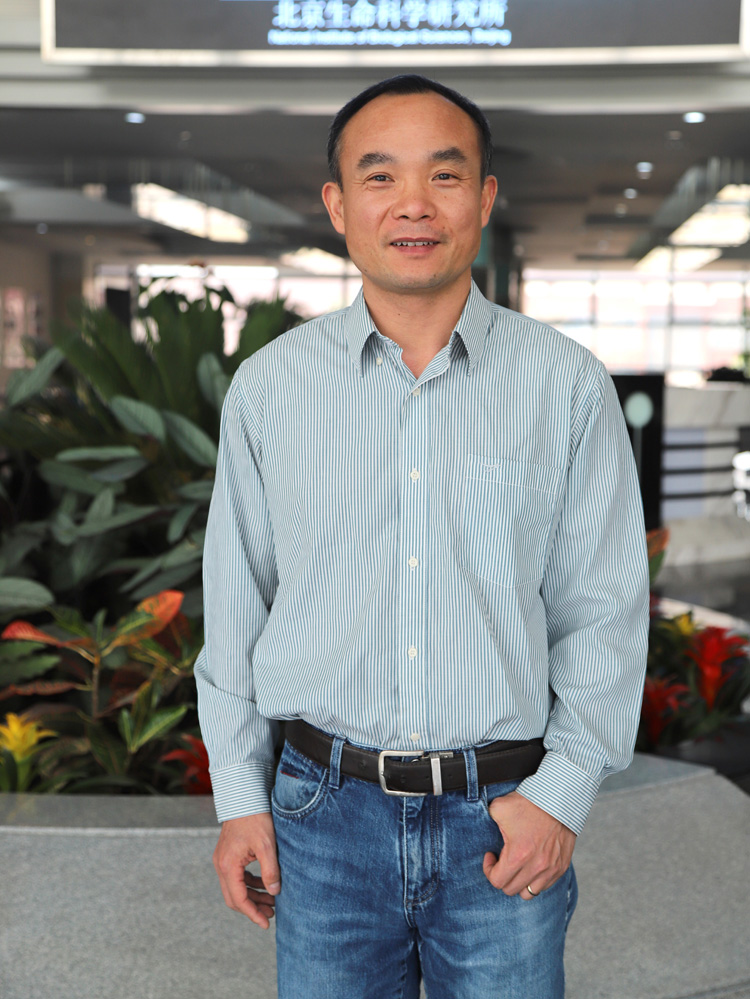
SPECIAL LECTURE: Reward Processing by the Dorsal Raphe - Minmin Luo
Location: SDCC Ballroom 20
Theme: Theme G: Motivation and Emotion
Speaker(s): Minmin Luo, PhD
Institution: National Institute of Biological Sciences, Beijing
Rewards fundamentally influence animal survival and well-being. The dorsal raphe nucleus (DRN) in the midbrain is a major center for serotonin neurons. The questions of whether and how the DRN and the serotonin system process reward signals have remained controversial. This lecture will present recent evidence to argue that DRN serotonin neurons likely encode “beneficialness,” or how much potential benefit the current state might bring to an individual. This simple theory may explain the diverse roles of serotonin in modulating behaviors and intervening in psychiatric disorders.
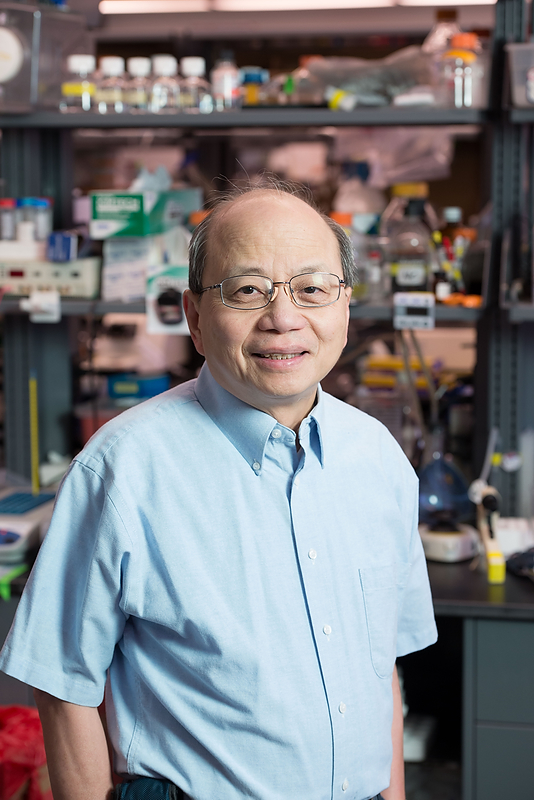
SPECIAL LECTURE: Light Detection in the Eye: The Big Picture - King-Wai Yau
Location: SDCC Ballroom 20
Theme: Theme D: Sensory Systems
Speaker(s): King-Wai Yau, PhD
Institution: Johns Hopkins University School of Medicine
This lecture will discuss multiple photoreceptor cell-types existing in the eye. Retinal rods and cones serve predominantly image-forming vision, using a cGMP signaling cascade for phototransduction. A few percent of retinal ganglion cells express the pigment melanopsin and are bona fide photoreceptors. They serve mostly, but not exclusively, non-image-forming vision. They use a combination of cGMP signaling and phospholipase-C signaling for phototransduction, with some using both signaling pathways in the same cell. Still other ocular photoreceptor cells exist both inside and outside the retina.




















